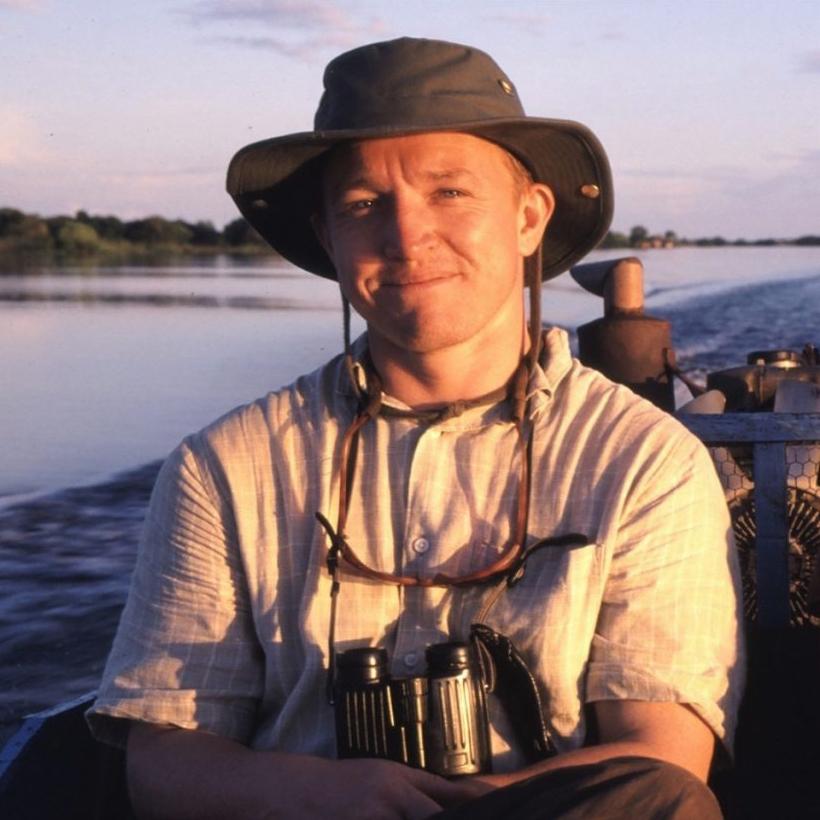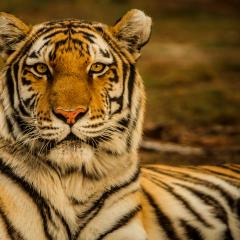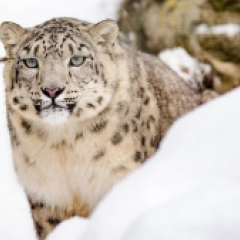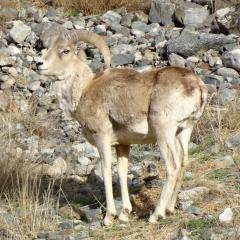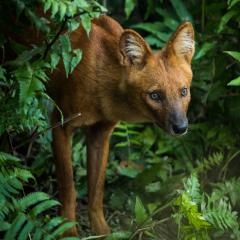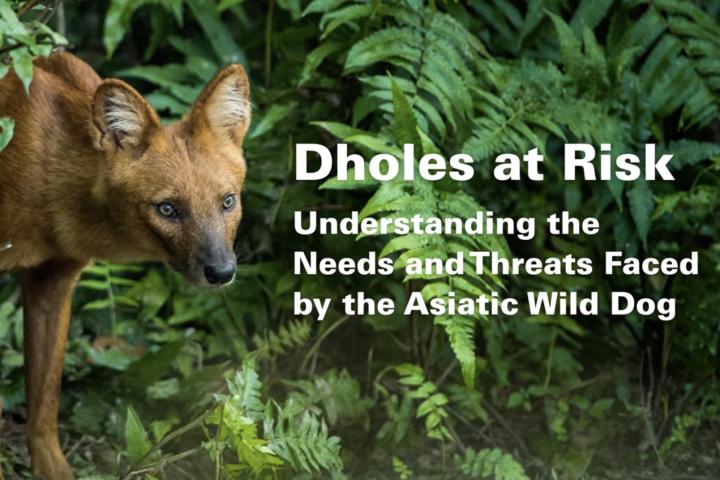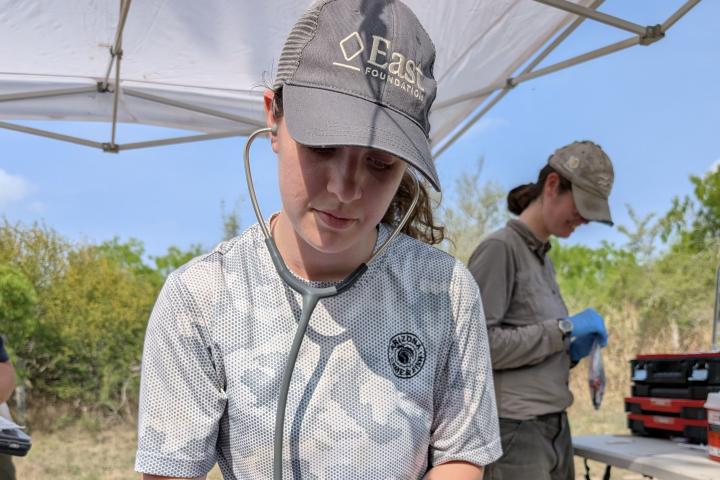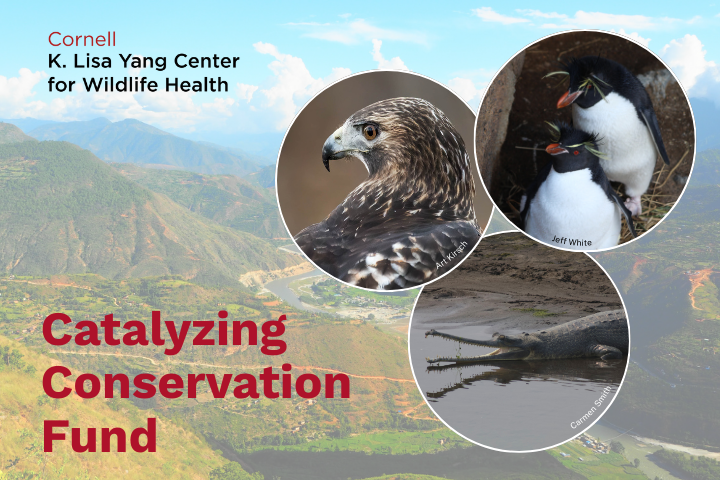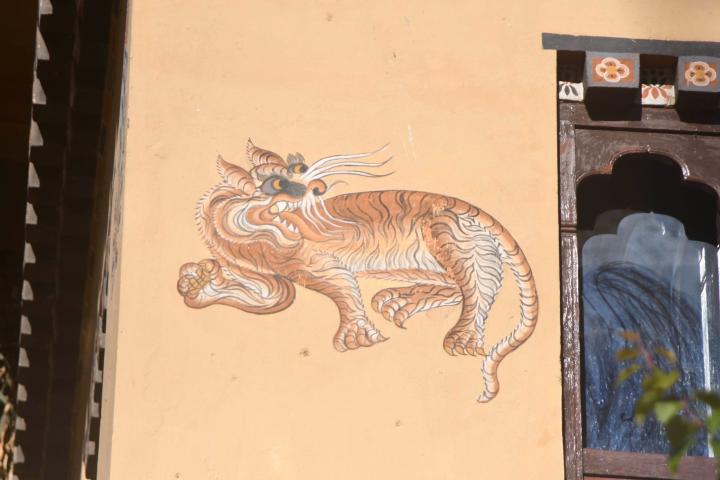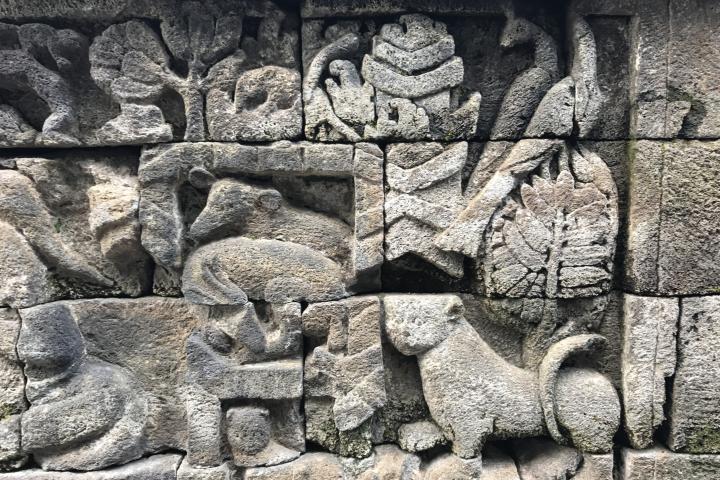Martin Gilbert
Wildlife Veterinarian & Epidemiologist
“Disease processes must be understood at a landscape scale, whether through the epidemiology of multi-host pathogens operating across the domestic-wild interface, or through the social drivers that influence the use of toxic compounds in the environment. Addressing these issues begins in the field, and requires a multi-disciplinary approach to mitigate the conservation impact on wild species.”
As the Cornell Yang Center for Wildlife Health's Wild Carnivore Health Specialist, Dr. Martin Gilbert leads and develops projects focused on understanding how disease affects populations of tigers and other threatened carnivores, and using findings to identify practical measures to mitigate the conservation impact on species in the wild.
Martin is a wildlife veterinarian and epidemiologist who has worked for decades in the non-governmental sector and academia on international conservation projects in settings as diverse as Greenland, Papua New Guinea and Madagascar. Through his work with The Peregrine Fund in Pakistan, Martin coordinated the field investigation into the catastrophic declines that devastated vulture populations across the Indian subcontinent. This work ultimately led to the finding that veterinary use of the non-steroidal anti-inflammatory drug diclofenac was responsible for the vulture declines, leading to strategies that are beginning to promote the recovery of the species involved. At the Wildlife Conservation Society, he oversaw the development of a regional wildlife health program in Southeast and Central Asia focused on threats to species conservation, and emerging infectious disease. Through PhD research at the University of Glasgow, Martin focused on understanding the impact of canine distemper virus (CDV) on the survival of Amur tigers in the Russian Far East. This work synthesized the findings of field-based disease ecology research with computer modeling and laboratory techniques to design management strategies to mitigate the threat posed by CDV to wild tigers. READ MORE

